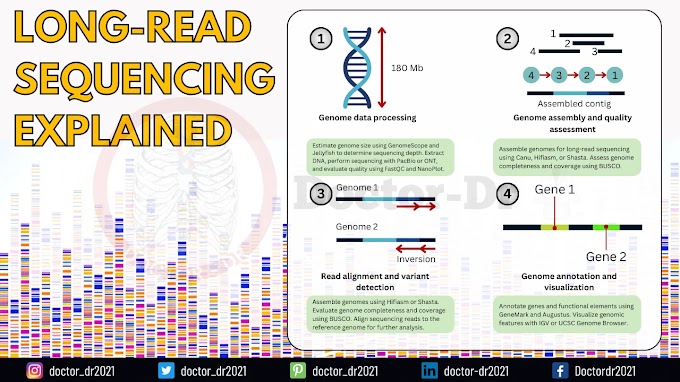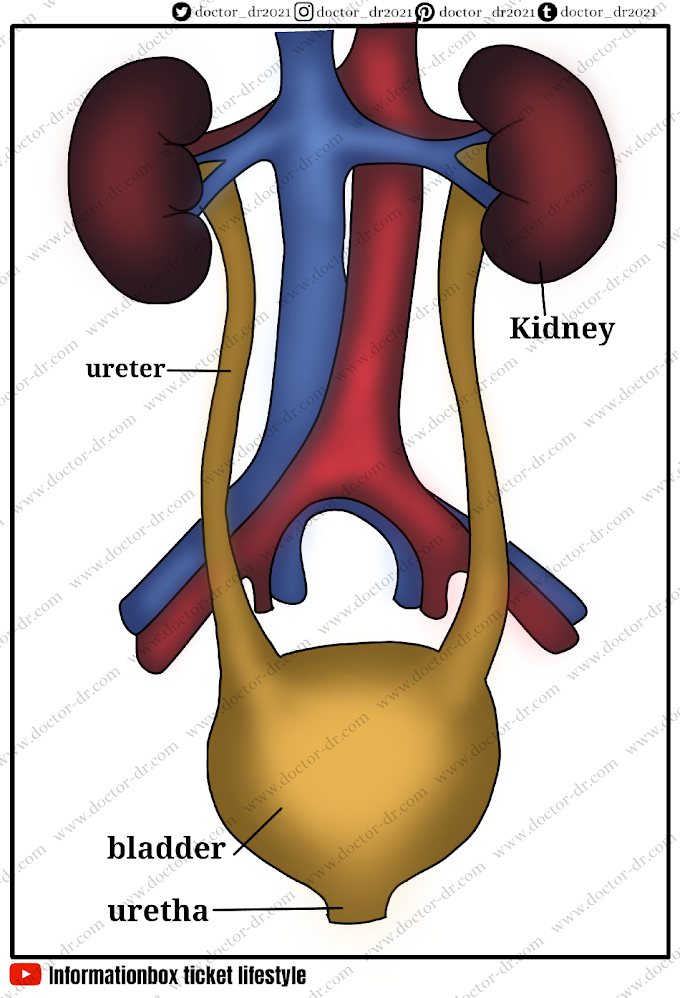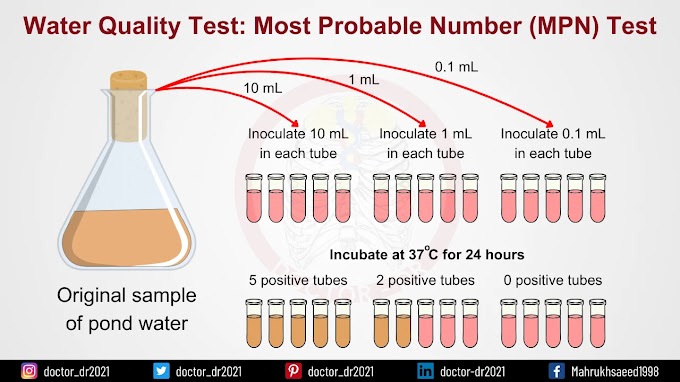Despite this, a supersensitive dark matter search turned up nothing.
For around 5 years, the LZ experiment will continue its quest for dark matter.
The dark matter detectors of the upcoming generation are now available.
The first findings from a vast new endeavour to find the elusive drug have been released. The experiment, known as LZ, did not discover dark matter, continuing a long-standing trend of dark matter hunters. However, physicists claim in a virtual webinar and an article published on LZ's website on July 7 that it has done it better than ever before. The LZ experiment and others are expected to continue collecting data for several more years, giving physicists hope that they will finally get a glimpse of dark matter.
Hugh Lippincott, a physicist at the University of California, Santa Barbara and a representative for LZ, stated during the webinar that "dark matter remains one of the major riddles in particle physics today."
LZ, or LUX-ZEPLIN, seeks to identify the unknown particles assumed to account for the majority of the universe's stuff. Although dark matter has never been definitively shown to exist, its impact on the universe can be seen in the motions of stars and galaxies as well as through other cosmic studies (SN: 7/24/18).
The detector is 10 metric tonnes of liquid xenon and located 1.5 kilometres deep at the Sanford Underground Research Facility in Lead, South Dakota. Any of those xenon atoms' nuclei would experience flashes of light in the event that dark matter particles collide with them. These flashes would be detected by the detector.
The LZ experiment is a member of a new class of larger and more powerful liquid xenon-based dark matter detectors, together with XENONnT at the Gran Sasso National Laboratory in Italy and PandaX-4T at the China Jinping Underground Laboratory. Weakly Interacting Massive Particles, or WIMPs, are a predicted form of dark matter that the tests are looking for (SN: 12/13/16). The search was expanded so that there would be a better chance of spotting the particles, and each detector now holds several tonnes of liquid xenon.
LZ has already outperformed past attempts to identify WIMPs using only around 60 days' worth of data (SN: 5/28/18). Theoretical physicist Dan Hooper of Fermilab in Batavia, Illinois, who was not involved with the work, calls what they've accomplished "very impressive" and "a technological miracle."
Despite the fact that LZ's search turned up nothing, LZ collaborator Matthew Szydagis, a physicist at the University of Albany in New York, asserts that "the way something is going to be discovered is when you have numerous years in a row of running." The data from LZ's prolonged run, which is anticipated to last for roughly five years, may offer scientists their best opportunity to discover the particles.
LZ physicist Kevin Lesko of the Lawrence Berkeley National Laboratory in California said that now that the detector has demonstrated its capability, "we're enthusiastic about what we're going to find."







